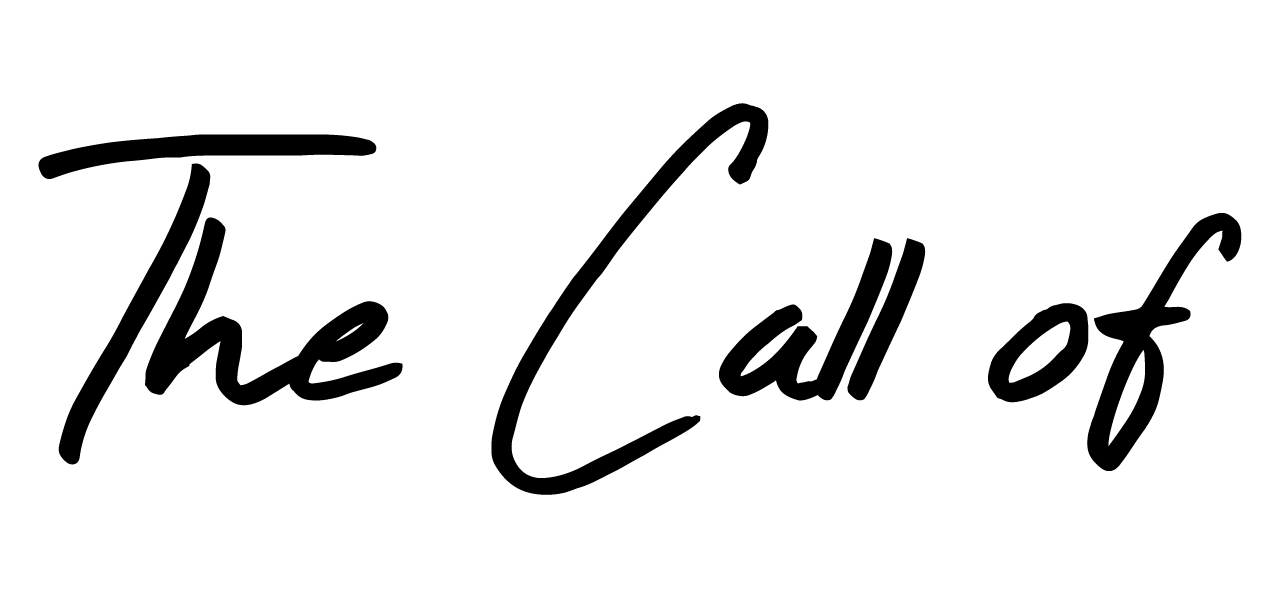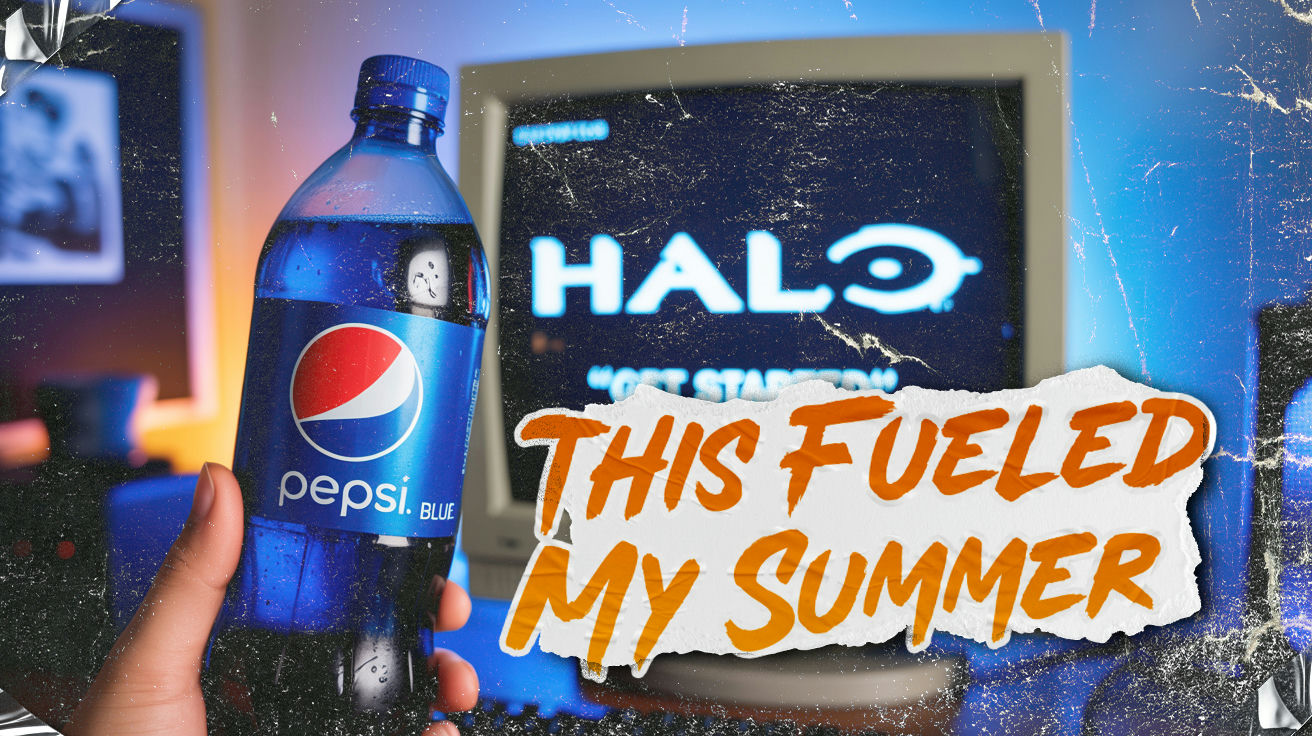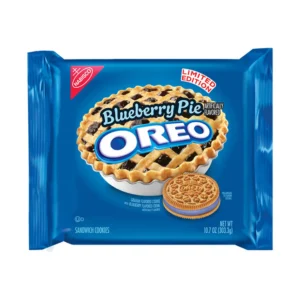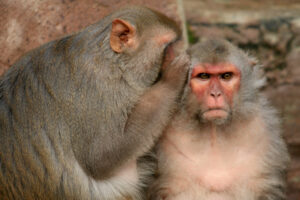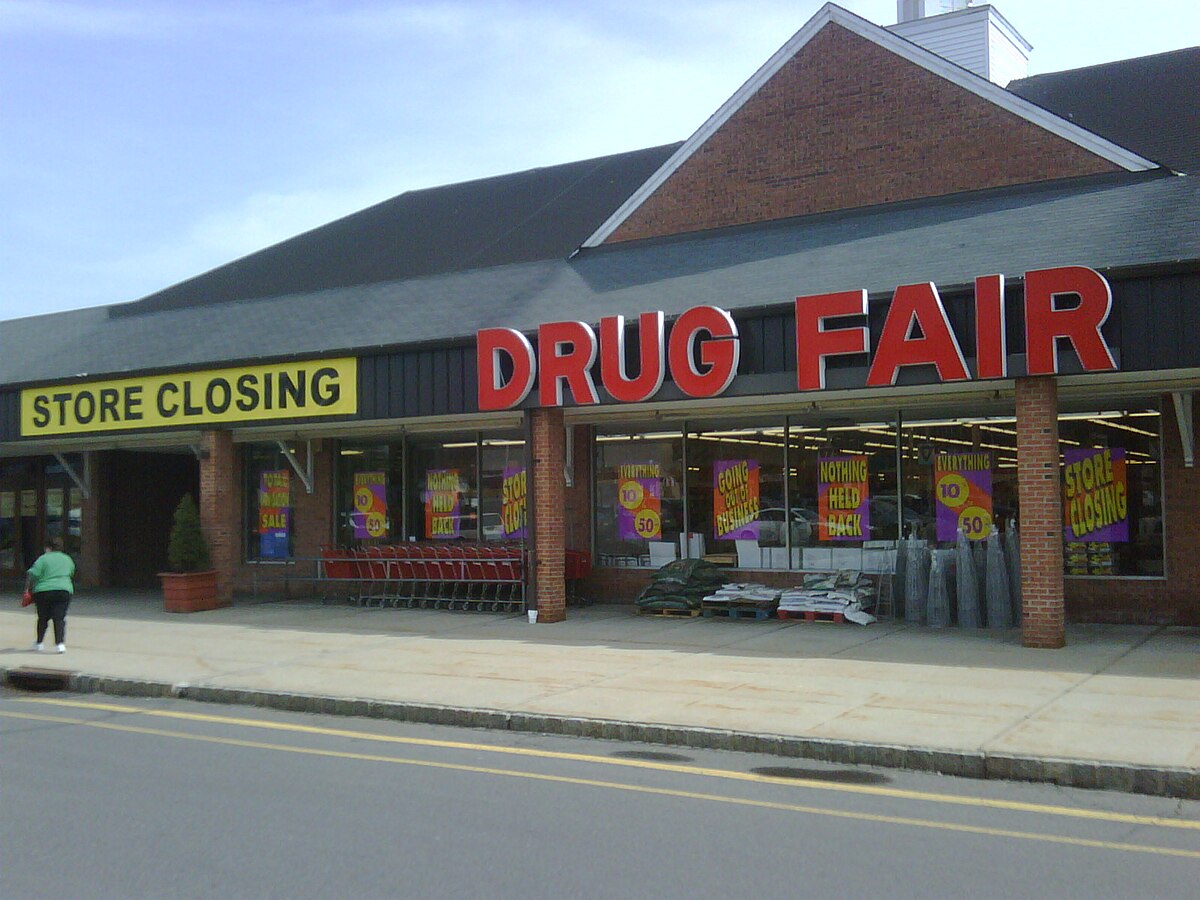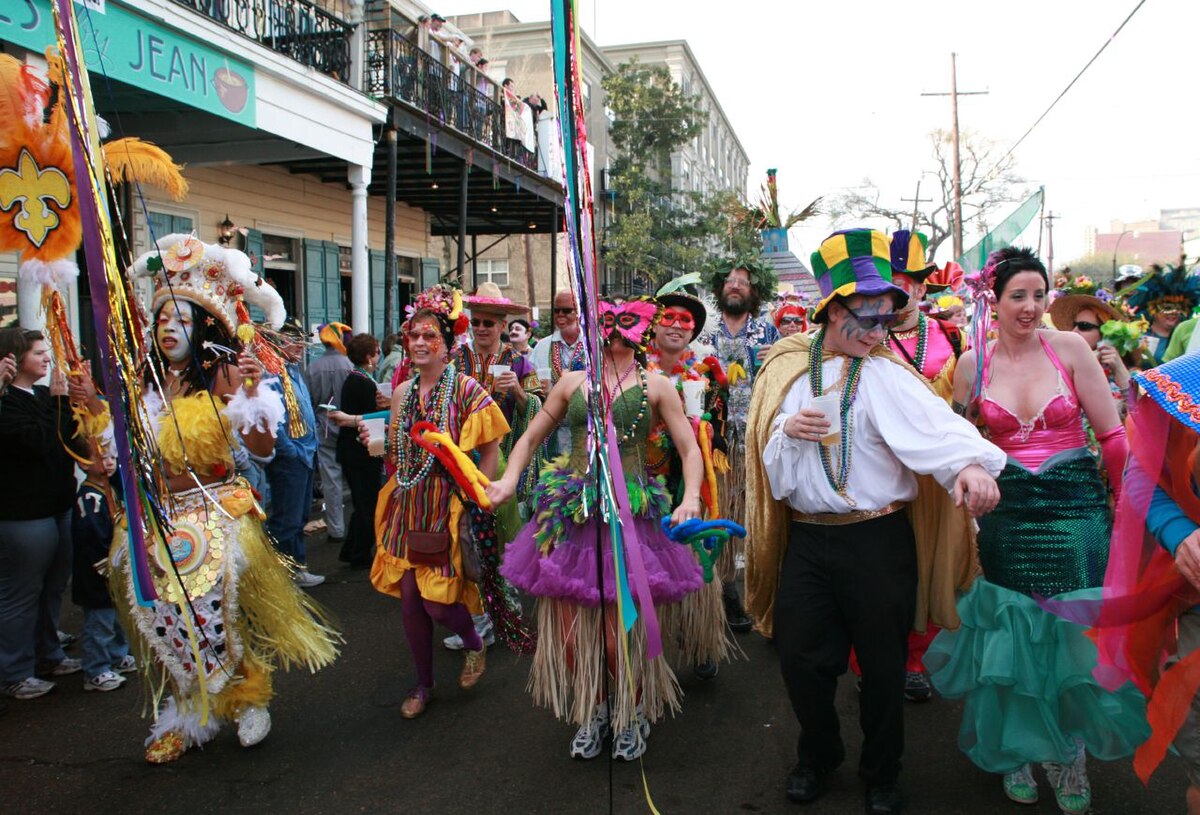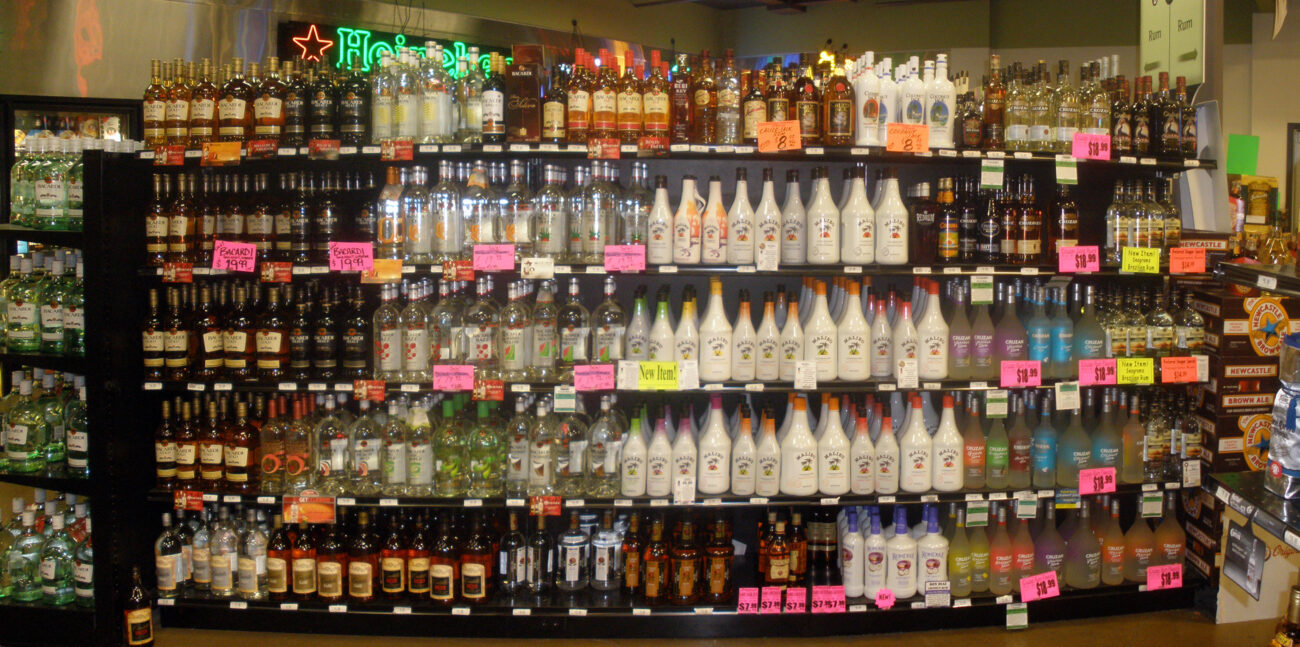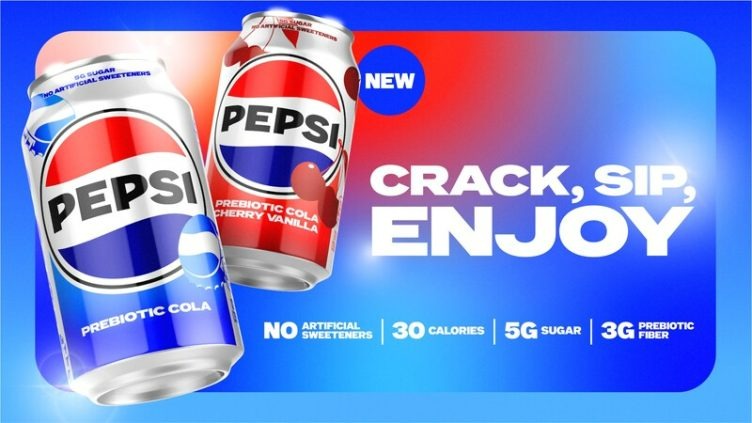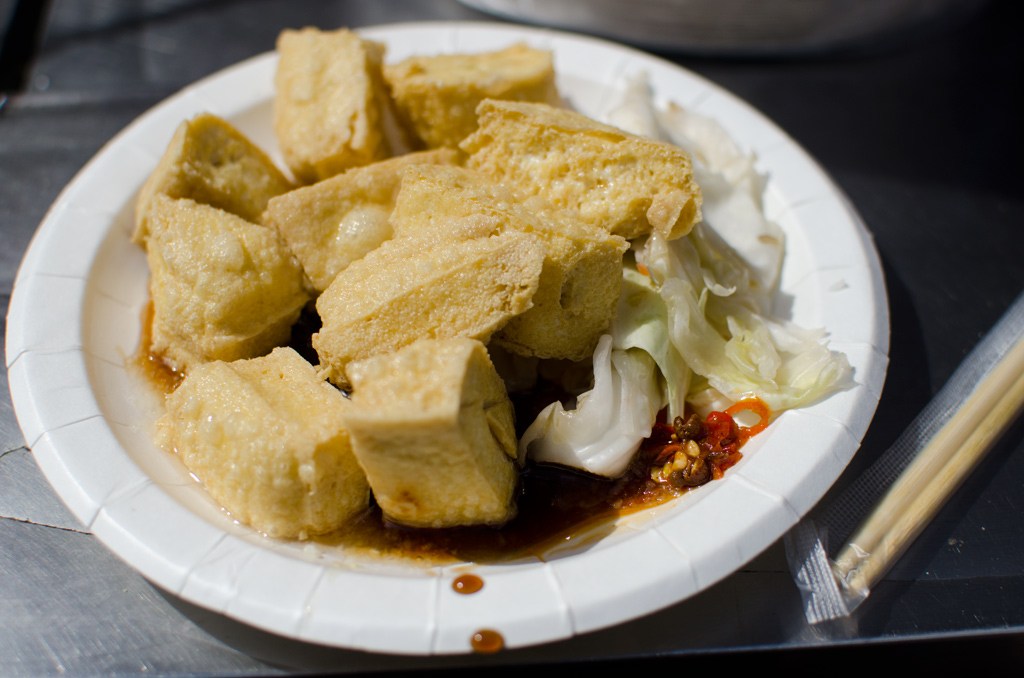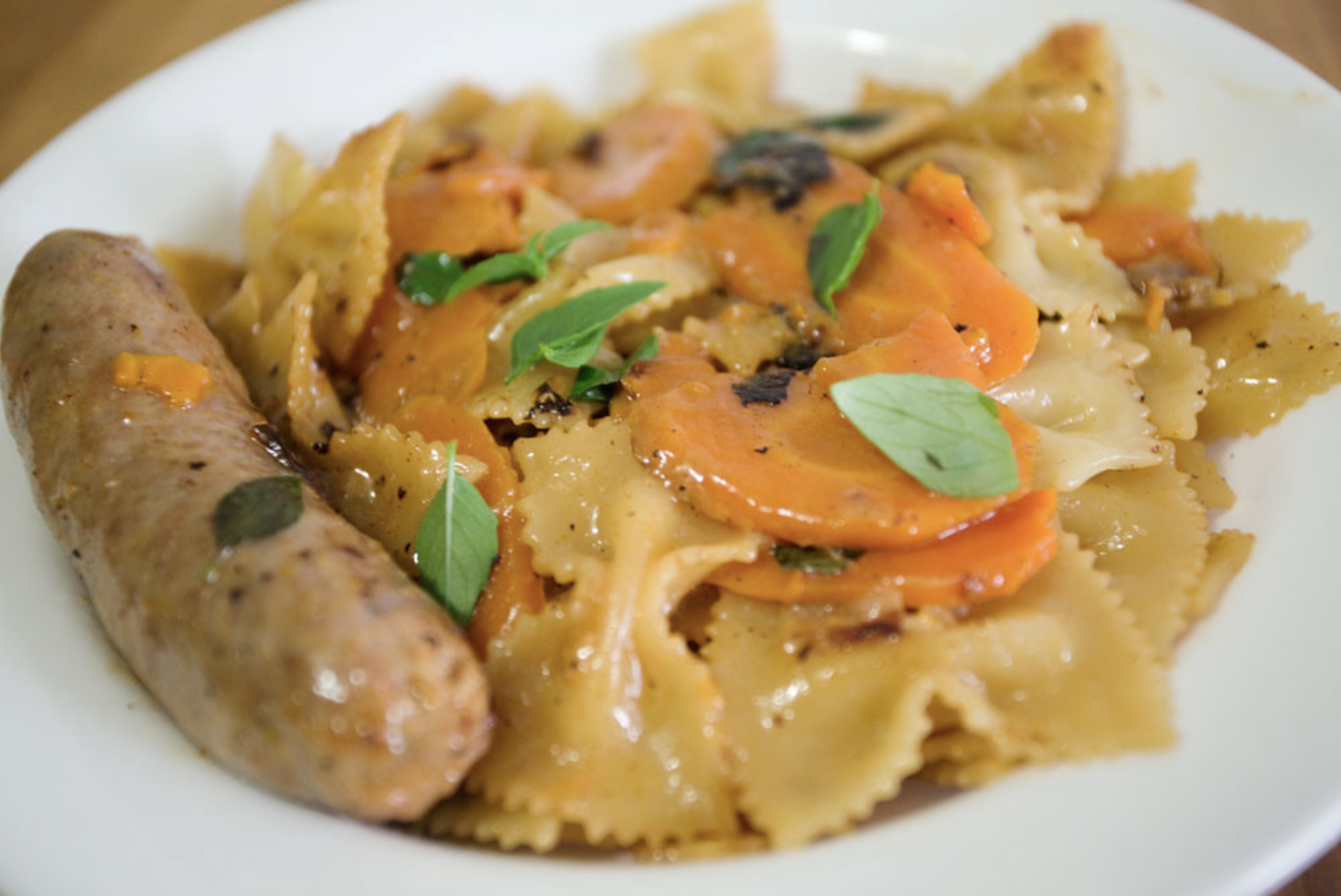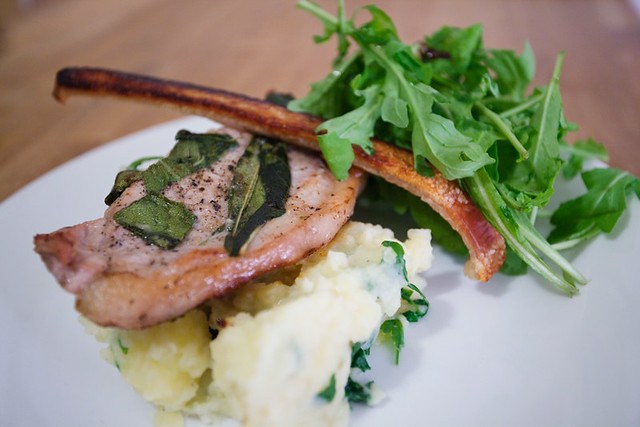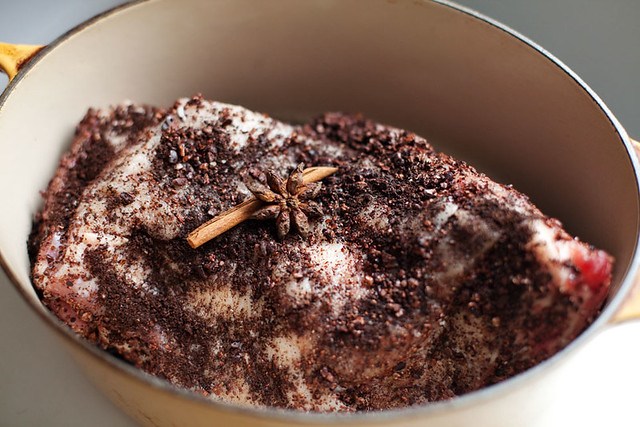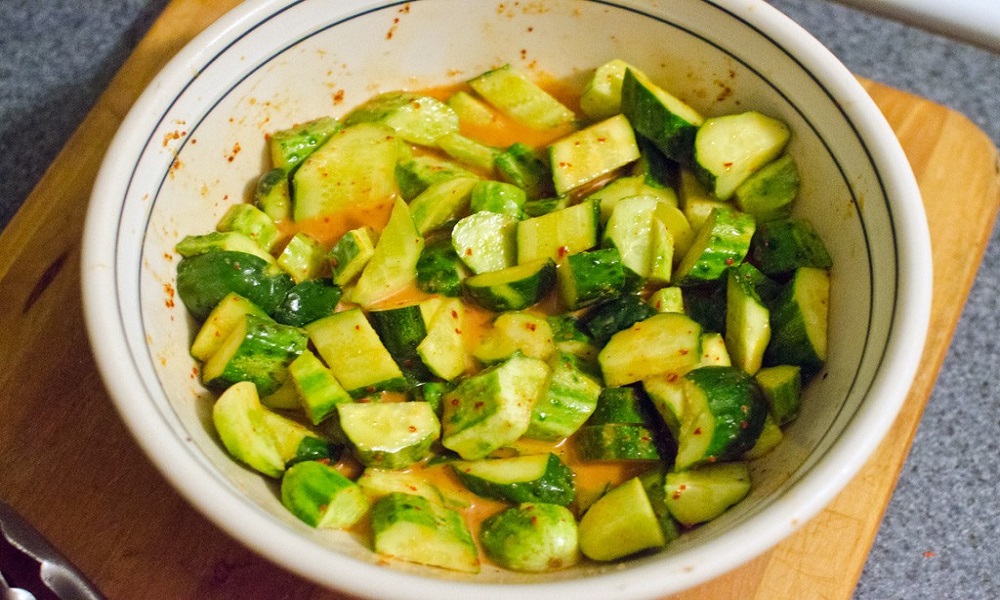Step into a world where flavors trigger memories. Lost treats become legendary tales. Discontinued food items hold unique power, evoking nostalgia while revealing cultural shifts. This curated selection of bygone snacks takes you through decades of American food culture. Each entry sparked pop culture moments. Each one ignites that specific wistful longing for something you can never taste again.
10. Reggie! Bar

Most novelty candy bars fade into obscurity. The Reggie! Bar transcended chocolate to become cultural shorthand. Curtis Candy Company created this chewy caramel and peanut patty wrapped in milk chocolate. It resembled the Wayne Bun Bar.
When Reggie Jackson hit a home run on opening day 1978, fans showered the field with these bars. Sports and snacking merged into unforgettable spectacle. Purchasing a Reggie! Bar wasn’t just buying candy. It was acquiring tangible connection to athletic greatness.pro
9. Bar None
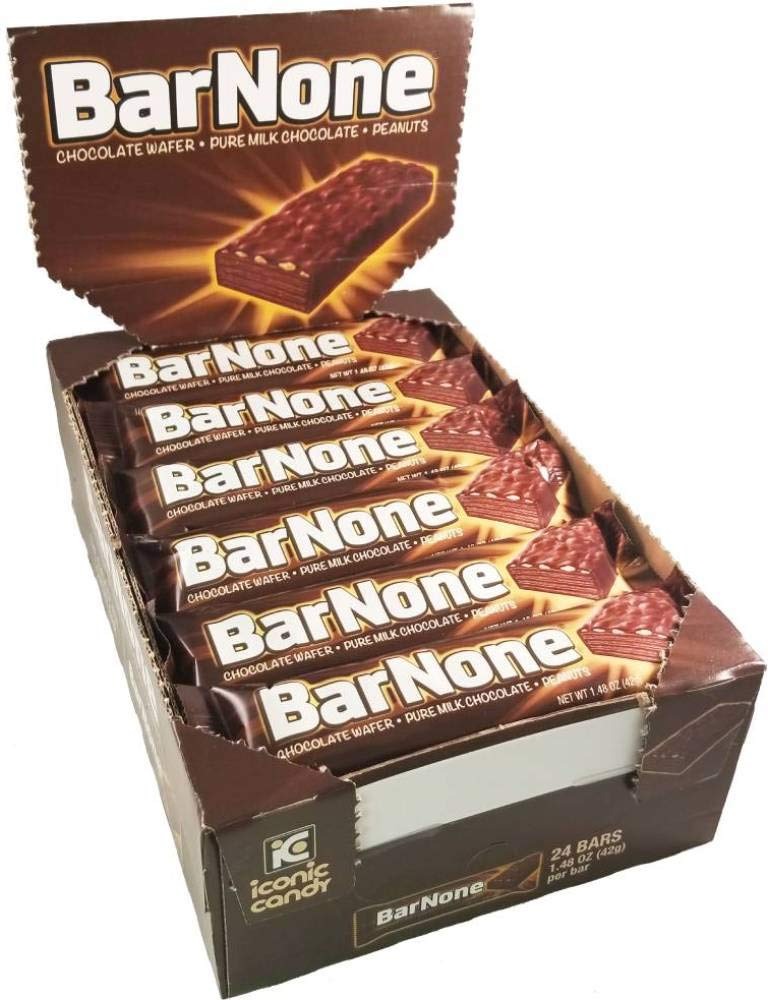
Bar None arrived with ambitious aspirations. Crispy wafers, smooth caramel, and rich dark chocolate coating. Hershey’s resources backed it for the premium market. Ingredients justified bold claims of excellence.
Choosing Bar None felt like treating yourself to something special. Its commitment to excellence made it unforgettable. Though it captured smaller market share than Hershey’s flagships, those who discovered it understood. It deserved longer shelf life than it received.
8. Sky Bar
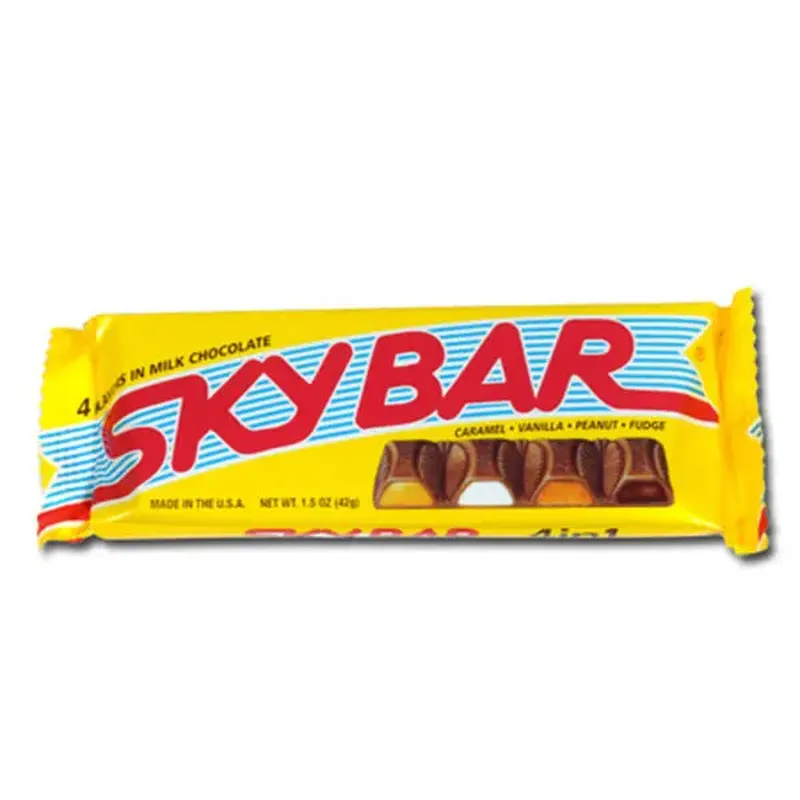
The Sky Bar exemplifies how candy inspires devoted followings across generations. NECCO launched this innovation in 1938. Four distinct sections featured caramel, vanilla, peanut, and fudge. Like a chocolate sampler condensed into one bar.
Skywriting-themed campaigns captured attention at 5-cent price points. When NECCO folded in 2018, Sky Bar seemed doomed. Until Louise Maan from Duck Soup in Sudbury, Massachusetts revived it in 2019. Walking into that store today feels like stepping through a portal where discontinued doesn’t mean forgotten.
7. PB Max
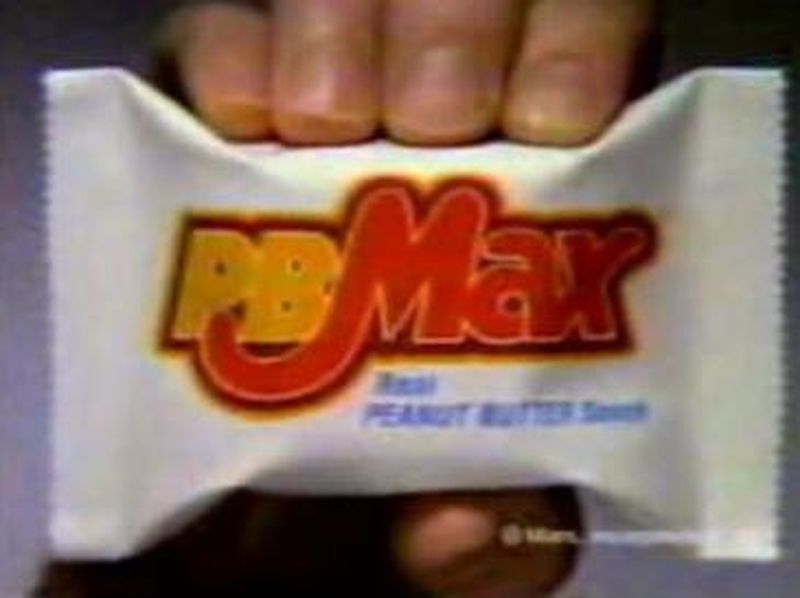
School lunchrooms were trading floors. The most valuable currency? An unassuming square treat weighing 42g with 5g of protein. This wasn’t just a snack. It was the PB Max – a textural symphony.
Biting through smooth milk chocolate revealed thick sweetened peanut butter. Tiny crispy spheres danced across your tongue. Then came the whole grain cookie base. Those 240 calories vanished before the bell rang. The twist? Despite $50 million in sales after 1989, Mars discontinued it in the early 1990s. Why? The Mars family reportedly didn’t like peanut butter.
6. Forever Yours

Forever Yours offered sophisticated alternatives to classic Milky Ways. Like familiar television shows getting prestige cable reboots decades later, this 1936 launch featured dark chocolate encasing vanilla nougat and golden caramel. It appealed to those seeking bolder flavors.
The brand disappeared in 1979. It reincarnated as Milky Way Midnight Dark. Though both contain nougat and caramel, darker chocolate creates distinctive experiences. Some discontinued treats deserve second acts. Passionate fan campaigns prove that corporate decision-makers sometimes miss what audiences truly want.
5. Pepsi Blue
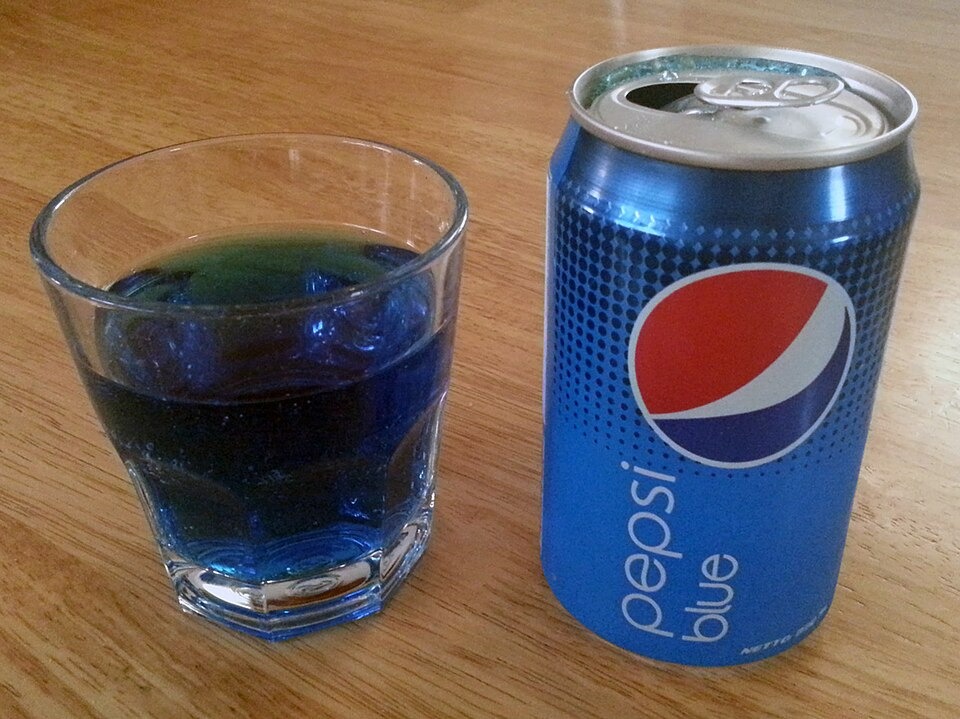
Pepsi Blue arrived in 2002 as the beverage equivalent of mood rings. Visually striking and impossible to ignore. This vibrant concoction blended berry sweetness with traditional cola notes. It looked more like science experiments than soda.
Electric blue liquid turned heads and challenged expectations. Bringing it to parties felt like carrying portable conversation starters. It tasted like candy shops, looked like slushies. Pepsi attempted redefining cola for new generations. Visual novelty alone couldn’t sustain lasting connections.
4. Orbitz Soda

Orbitz Soda blurred lines between beverage and snack in 1997. This non-carbonated, fruit-flavored drink contained brightly colored gelatin balls floating inside bottles. Edible suspended animation doubled as drink and food.
Wild flavor combinations included pineapple banana cherry coconut and raspberry citrus. Orbitz offered visual novelty and textural surprise. Students reached for it after school. They showed off floating spheres to friends before consuming liquid and gelatin together. Its disappearance proved innovation sometimes outpaces consumer readiness.
3. Clark Bar

David L. Clark conceived this iconic bar in 1917. Peanut butter taffy-like center wrapped in milk chocolate. During World War I, these became edible symbols of home for soldiers. By World War II, Clark Bars shipped daily to troops in massive quantities.
The recipe evolved over decades. More peanut butter appeared in 1965. Caramel disappeared in the 80s. For soldiers unwrapping these treats amidst chaos, each bite offered momentary escape. Boyer Candy Company in Pennsylvania now produces this enduring classic.
2. Powerhouse Bar
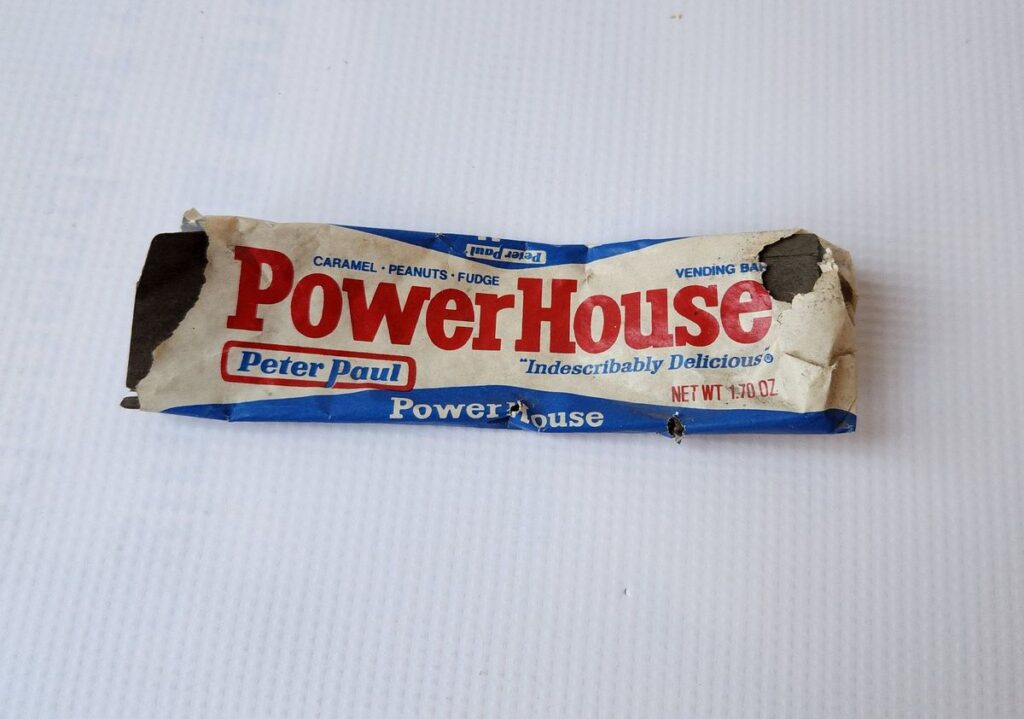
Busy professionals sought the Powerhouse Bar for more than sugar rushes. Peter Paul Company created this dense marvel. It packed peanuts, rich caramel, and fudge beneath thick milk chocolate. The bar could fuel adventures and workdays alike.
Hershey’s acquired Peter Paul in 1988. The Powerhouse Bar eventually disappeared. Its appeal transcended sweetness. It delivered substantial energy to those in motion. The heft promised satisfaction. Sometimes you need sustenance, not just sweetness.
1. Mountain Dew Code Red
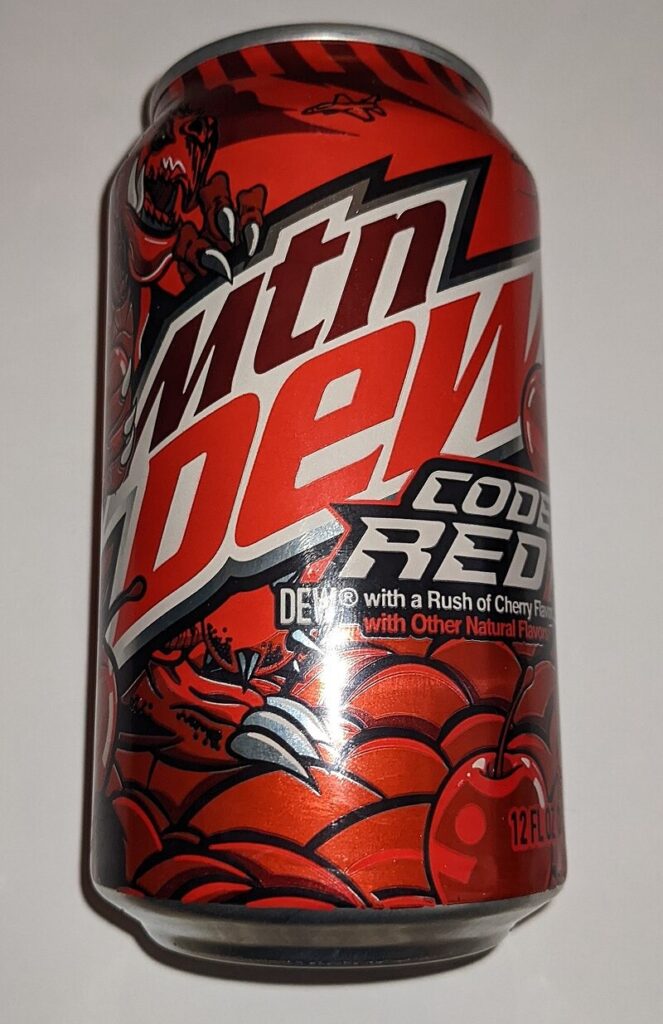
Mountain Dew Code Red crashed into convenience stores in 2001. Vibrant red color and intense cherry-citrus blend supercharged original Mountain Dew formula. High-voltage taste experiences demanded attention from teenage taste buds.
Marketing directly targeted video gamers. Commercials featured fast-paced action and adrenaline-fueled energy defining early 2000s youth culture. Late-night gaming sessions fueled by Code Red became rituals of belonging. Sweet, fruity intensity powered digital adventures until sunrise.

